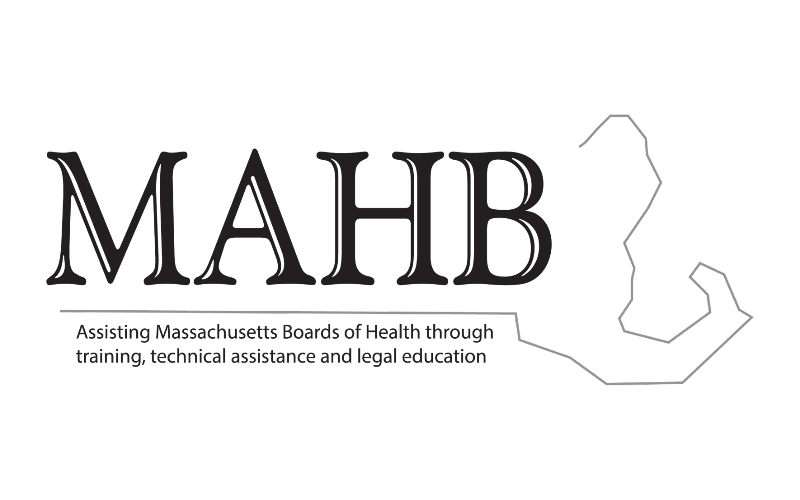MAHB SAPHE 2.0 Guidance Document – 8-6-25
On November 20, 2024, Governor Healey signed the Economic Development Bill into law, which included the State Action for Public Health Excellence legislation, commonly known as SAPHE 2.0 (pronounced “safe”). Amending G.L. c. 111, § 27D (SAPHE 1.0) and including Sections of 307-309 of Chapter 238 of the Acts of 2024, SAPHE 2.0 creates new requirements for all participants in the Massachusetts local public health system.
An archived copy of the original post published on January 13, 2025 can be found here: MAHB Guidance on the Effects of SAPHE 2.0 on Local Public Health (Archive).




0 Comments